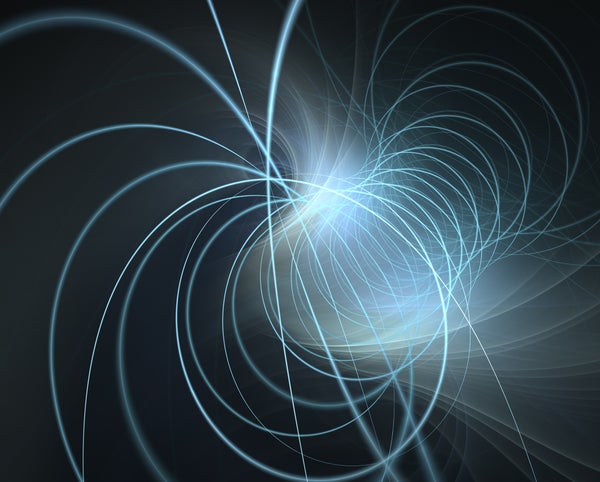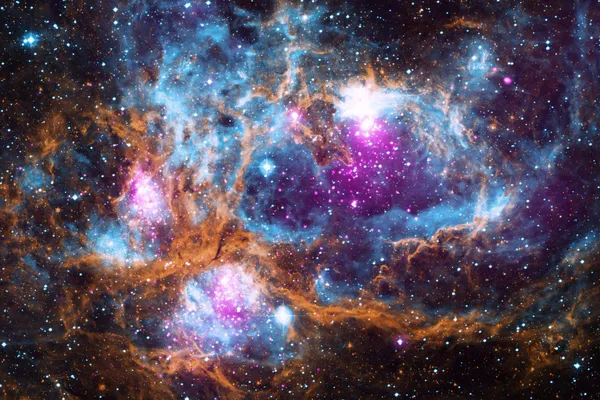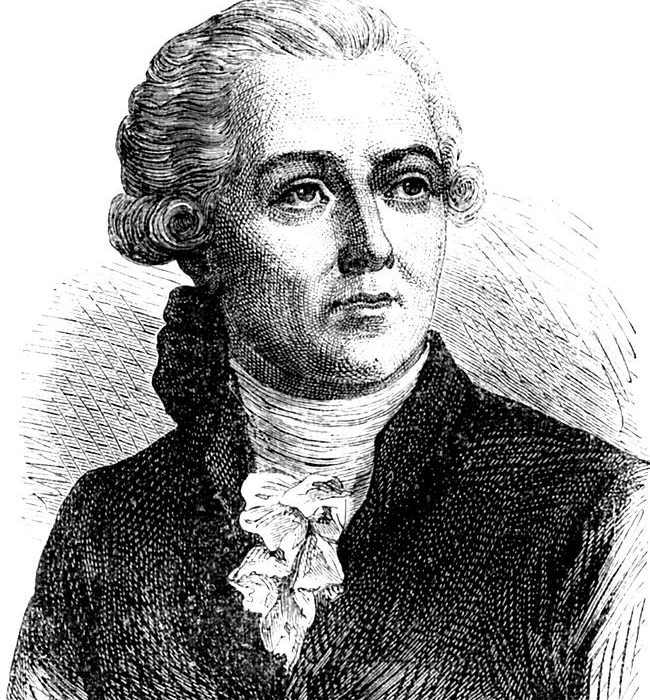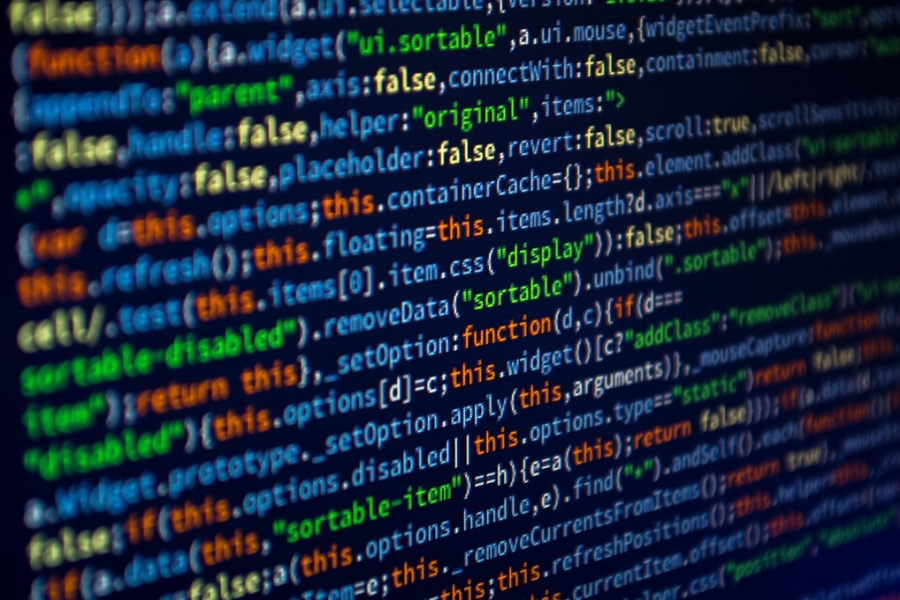From the first time ancient humans looked up at the stars, we have been captivated by the mystery of existence. Why is there something rather than nothing? What governs the movement of the heavens, the birth of galaxies, the behavior of particles smaller than atoms? Is the universe a cosmic accident, or does it follow a set of profound rules—rules we might one day fully comprehend?
At the heart of modern physics lies an audacious and tantalizing idea: that all the forces, all the particles, all the phenomena of the cosmos might be explained by a single, all-encompassing theory—a Theory of Everything (ToE). This ultimate scientific quest aims to unify the laws of nature into one elegant mathematical framework. It would not only describe the universe’s past and present but also predict its future, and perhaps even tell us why it exists in the first place.
But can science actually pull it off? Is a complete explanation of the universe within reach, or are there limits to what we can know? In this deep exploration, we’ll dive into the story of humanity’s pursuit of the Theory of Everything. We’ll explore the milestones, the minds, the mathematics—and the mysteries that remain unsolved.
The Roots of Unification: From Newton to Einstein
The idea that the universe operates under consistent, universal laws is relatively recent in human history. For most of human civilization, natural phenomena were explained through mythology and spiritual beliefs. Then, in the 17th century, Isaac Newton introduced a radical idea: that the same force causing an apple to fall from a tree also governs the motion of the Moon and planets.
Newton’s law of universal gravitation unified celestial and terrestrial mechanics for the first time. His laws of motion and calculus laid the groundwork for what would become classical mechanics—a complete and consistent framework that described the world with unprecedented precision. To Newton and his followers, it began to seem as if the entire universe was a giant clockwork machine.
But cracks eventually appeared in this neat picture. In the 19th century, James Clerk Maxwell brought a second wave of unification by discovering that electricity and magnetism were two aspects of a single force—electromagnetism. Maxwell’s equations, four elegant lines of mathematics, could describe everything from static charge to the propagation of light.
Still, something wasn’t quite right. In the early 20th century, Albert Einstein revolutionized physics by pointing out inconsistencies in Newtonian gravity. His general theory of relativity replaced Newton’s force with the curvature of space-time itself. Massive objects like stars and planets warp the fabric of space-time, and other objects follow the curves in that fabric.
Einstein didn’t stop there. He devoted the rest of his life to a personal obsession: to find a unified field theory that would combine gravity with electromagnetism. He believed deeply that the universe was rational and ultimately governed by one set of laws. But despite his genius, he failed—and new discoveries soon revealed why.
The Rise of the Quantum: A New World Emerges
Even as Einstein was reshaping our understanding of space and time, a new and stranger world was being uncovered—a world where particles behaved like waves, where uncertainty ruled, and where the act of measurement changed reality itself. This was the world of quantum mechanics.
Pioneers like Niels Bohr, Werner Heisenberg, Erwin Schrödinger, and Paul Dirac discovered that at the atomic and subatomic level, the universe plays by different rules. Electrons don’t orbit atoms like planets orbit the sun. Instead, they exist in probability clouds, appearing and disappearing, governed by abstract equations and statistical outcomes.
Whereas general relativity is deterministic and smooth, quantum mechanics is probabilistic and discrete. The two theories describe different realms—relativity governs the very large, and quantum mechanics governs the very small—and both work with astounding accuracy in their domains. But here’s the catch: they don’t play well together.
When physicists try to apply general relativity and quantum mechanics in the same scenario—like the core of a black hole or the first moments of the Big Bang—mathematics breaks down into paradoxes and infinities. The equations become nonsense. This incompatibility is not just an annoyance; it’s a crisis. It means our current understanding of the universe is incomplete.
Hence, the dream of a Theory of Everything is born again: not just to unify gravity and electromagnetism, as Einstein hoped, but to unite all the fundamental forces of nature—gravity, electromagnetism, the weak nuclear force, and the strong nuclear force—into one consistent framework.
The Standard Model: A Partial Triumph
Over the course of the 20th century, physicists achieved a remarkable feat. They developed the Standard Model of particle physics, a theory that describes three of the four fundamental forces (excluding gravity) and classifies all known subatomic particles.
The Standard Model includes:
- The electromagnetic force, carried by photons.
- The weak nuclear force, responsible for radioactive decay, mediated by W and Z bosons.
- The strong nuclear force, which binds protons and neutrons together in the nucleus, mediated by gluons.
And then there are the particles themselves: the quarks, which make up protons and neutrons; the leptons, including the electron and neutrinos; and the bosons, the force-carrying particles. Most famously, the Higgs boson, discovered in 2012 at CERN, explains why particles have mass through the Higgs field.
The Standard Model is stunningly successful. It has been confirmed by countless experiments, and its predictions match observed results to astonishing degrees of accuracy. And yet—it is not a Theory of Everything.
Why? For one thing, the Standard Model does not include gravity. It treats gravity as a negligible force in particle interactions. Secondly, it doesn’t explain dark matter, which makes up most of the matter in the universe, nor dark energy, which drives the universe’s accelerating expansion. The Standard Model also includes more than a dozen arbitrary constants—numbers that must be plugged in by hand, with no explanation for their values.
It is a powerful theory, but not a complete one. It is like a beautifully detailed map of a city—but one missing entire neighborhoods and connected by roads we don’t yet understand.
String Theory and M-Theory: A New Language of the Cosmos
To truly unify physics, a new approach is needed—one that reconciles quantum mechanics with general relativity. One of the most ambitious and controversial attempts is string theory.
In string theory, the fundamental building blocks of reality are not point-like particles, but tiny, vibrating strings. These strings can vibrate in different ways, and each mode of vibration corresponds to a different particle. A graviton—a hypothetical particle that mediates gravity—emerges naturally in string theory, offering a way to finally include gravity in a quantum framework.
String theory also requires the existence of extra dimensions—not just the three of space and one of time that we experience, but up to ten or eleven dimensions, depending on the version. These extra dimensions are thought to be compactified or curled up so tightly that they are invisible at human scales.
To unify the various forms of string theory, physicists proposed an overarching framework called M-theory, which includes membranes (branes) as well as strings. M-theory suggests our entire universe might be a three-dimensional brane floating in a higher-dimensional space.
The elegance of string theory is breathtaking. It offers a way to combine all forces and particles in a single mathematical framework. But despite decades of work, it remains untested. Its predictions lie far beyond the reach of current experiments. Critics argue that a theory which cannot be tested may be beautiful, but not scientific.
Still, many physicists believe it is the best candidate for a Theory of Everything. If string theory—or some future refinement—turns out to be correct, it would mark a revolutionary leap in human understanding.
Loop Quantum Gravity, Multiverses, and Other Contenders
String theory isn’t the only approach. Another contender is Loop Quantum Gravity (LQG), which tries to quantize space-time itself, treating space as a network of finite loops rather than a continuous fabric. Unlike string theory, LQG sticks more closely to the known universe and doesn’t require extra dimensions. But it also has challenges and has not yet achieved full unification.
Other proposals include emergent gravity, entropic gravity, and various quantum gravity theories that aim to explain gravity as a statistical or thermodynamic phenomenon arising from microscopic degrees of freedom.
Then there’s the multiverse hypothesis—a radical idea that our universe is just one of many. In some versions, every possible configuration of physics exists in some other universe. If true, the fundamental constants and laws of physics in our universe might not require explanation; they just happen to be the ones that allow for our existence.
But this raises philosophical problems. If everything is possible somewhere, how can any theory be falsified? Can science truly explain the universe if it requires infinite other universes to make sense?
Philosophical Frontiers: The Limits of Explanation
As we approach the possibility of a Theory of Everything, we must confront deeper questions. What does it mean to “explain” the universe? Is the goal to reduce all phenomena to mathematics? And if we succeed, will we truly understand it—or just describe it?
A complete physical theory might tell us how the universe works, but not why it exists. It might describe the mechanisms, but not the metaphysics. Even if we had a final equation, we might still ask: why this equation and not another? Why is there anything at all?
Some thinkers, like Stephen Hawking, hoped a Theory of Everything could explain even that. Others, like Roger Penrose, argue that consciousness and human understanding are not fully capturable by physics. Gödel’s incompleteness theorems suggest that in any mathematical system, there are truths that cannot be proven within that system. Could this mean that a final theory is logically impossible?
Others suggest that science may always be asymptotic—getting ever closer to truth, but never reaching the final answer. The universe may be too complex, too subtle, or too recursive to fully model from within.
The Beauty and Burden of the Quest
The search for a Theory of Everything is not just a scientific endeavor—it is a philosophical and even spiritual journey. It taps into our deepest longing to understand our place in the cosmos, to find unity in chaos, order in randomness, purpose in existence.
Whether or not we succeed, the pursuit itself has driven some of humanity’s greatest intellectual achievements. It has led to the discovery of relativity, quantum mechanics, the Big Bang, and the very fabric of matter. It has spawned technologies that power our modern world and insights that redefine how we see ourselves.
And perhaps, most profoundly, it reminds us of our own limits. The universe may yield its secrets slowly, in whispers and glimpses, not in thunderclaps. The more we learn, the more we see how much we don’t know.
Conclusion: The Infinite Horizon
So, can science truly explain the universe?
Perhaps not completely. Perhaps never fully. But it can illuminate vast swaths of darkness, connecting the stars to the atom, the mind to the cosmos. It can reveal patterns, laws, symmetries—and with them, a sense of meaning and wonder.
The Theory of Everything may one day be discovered, or it may remain a mythic goal on an infinite horizon. Either way, the journey continues. And in that journey—guided by curiosity, creativity, and courage—we find what is perhaps the most profound truth of all: that the quest to understand the universe is itself a fundamental part of being human.






